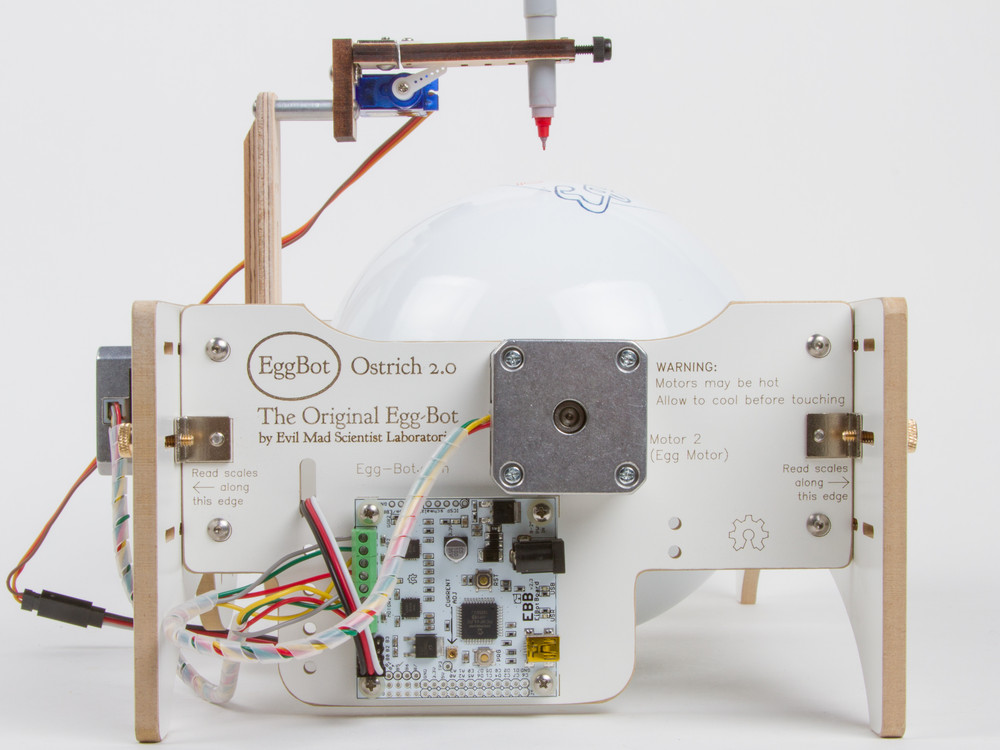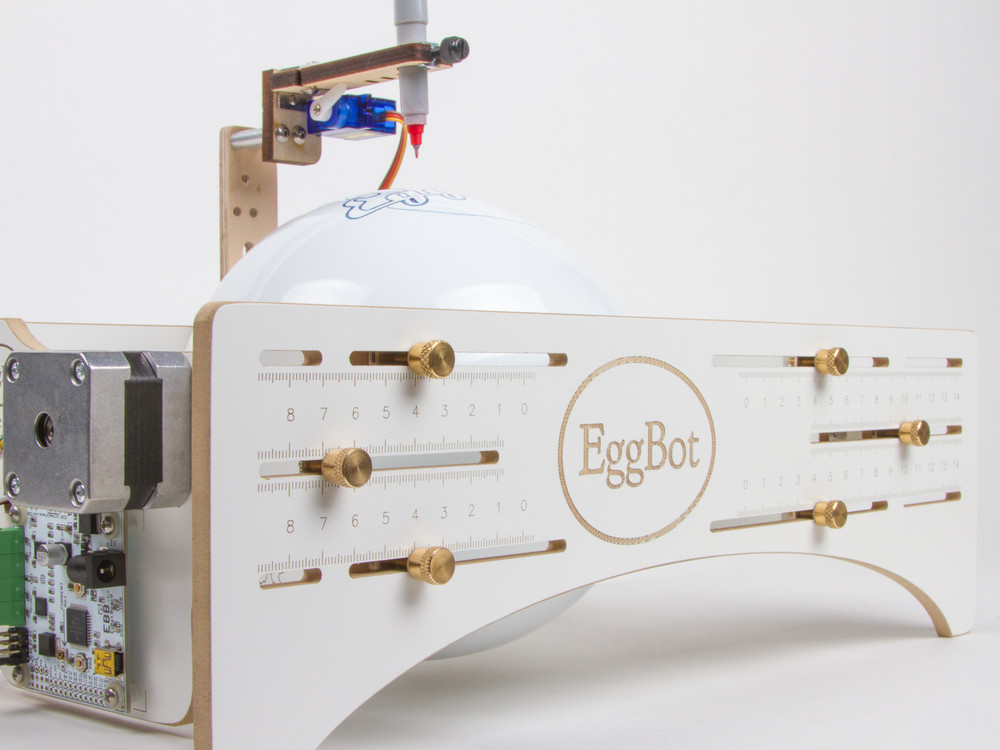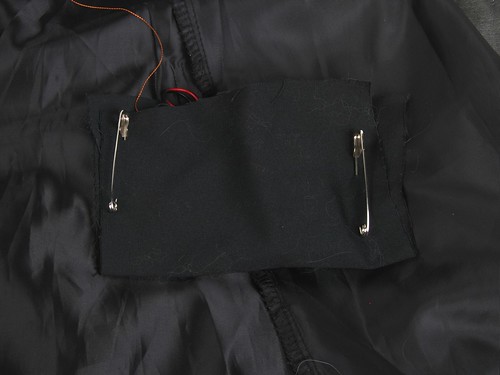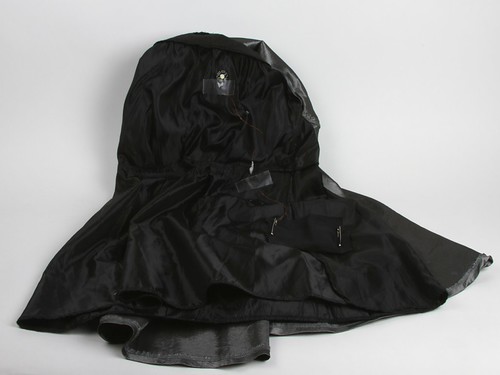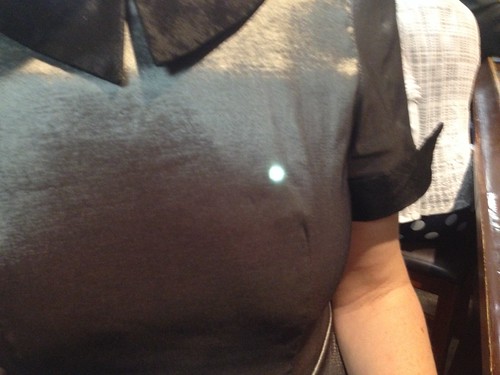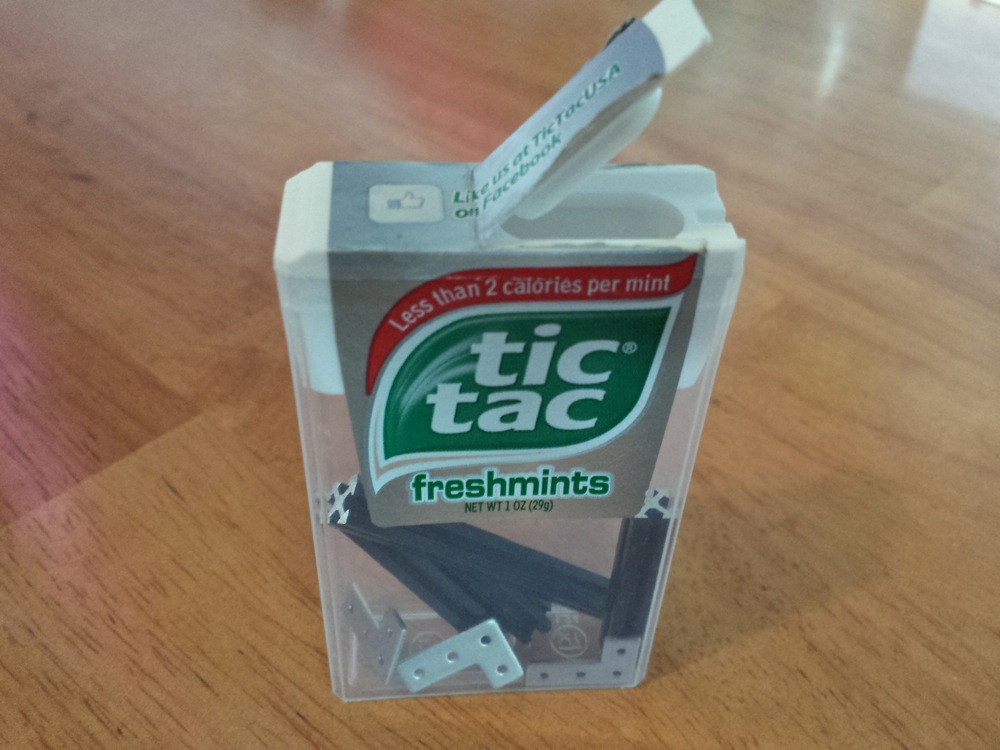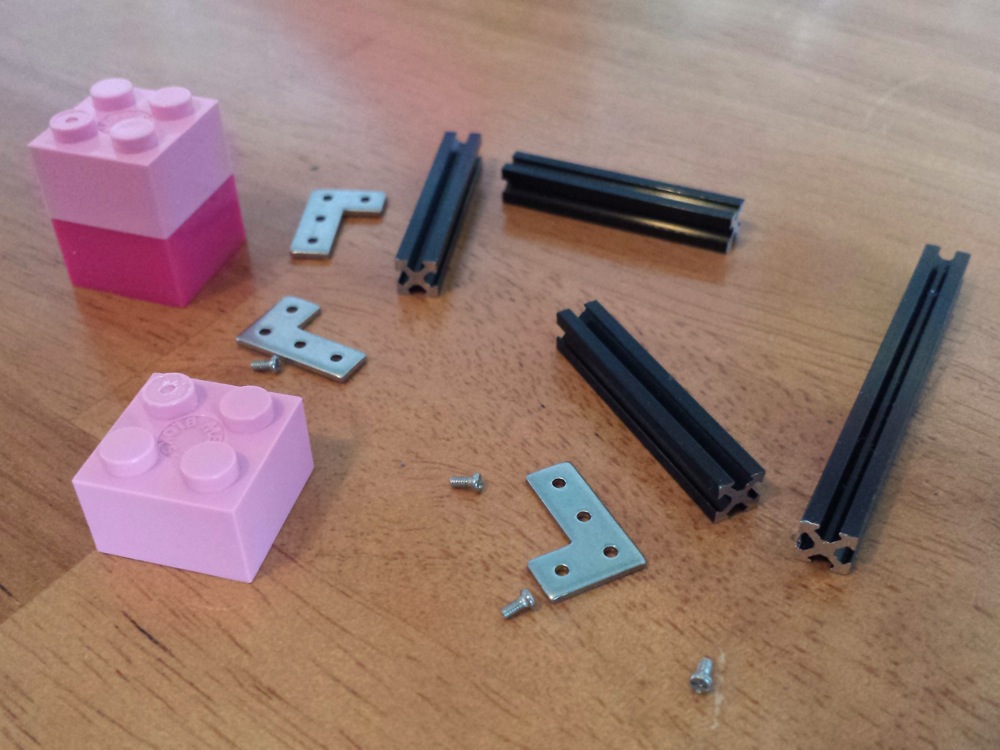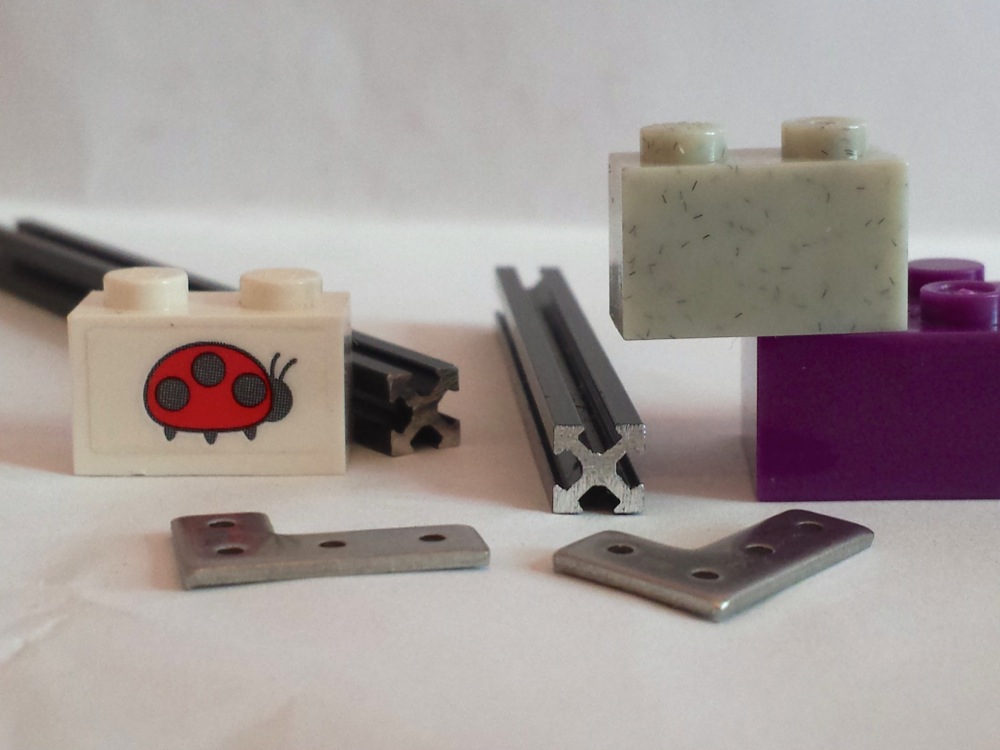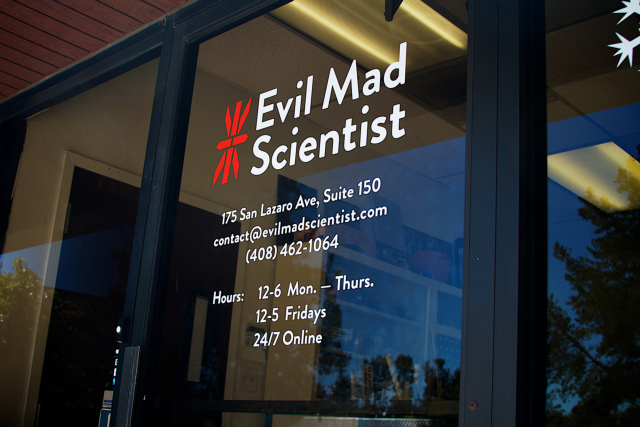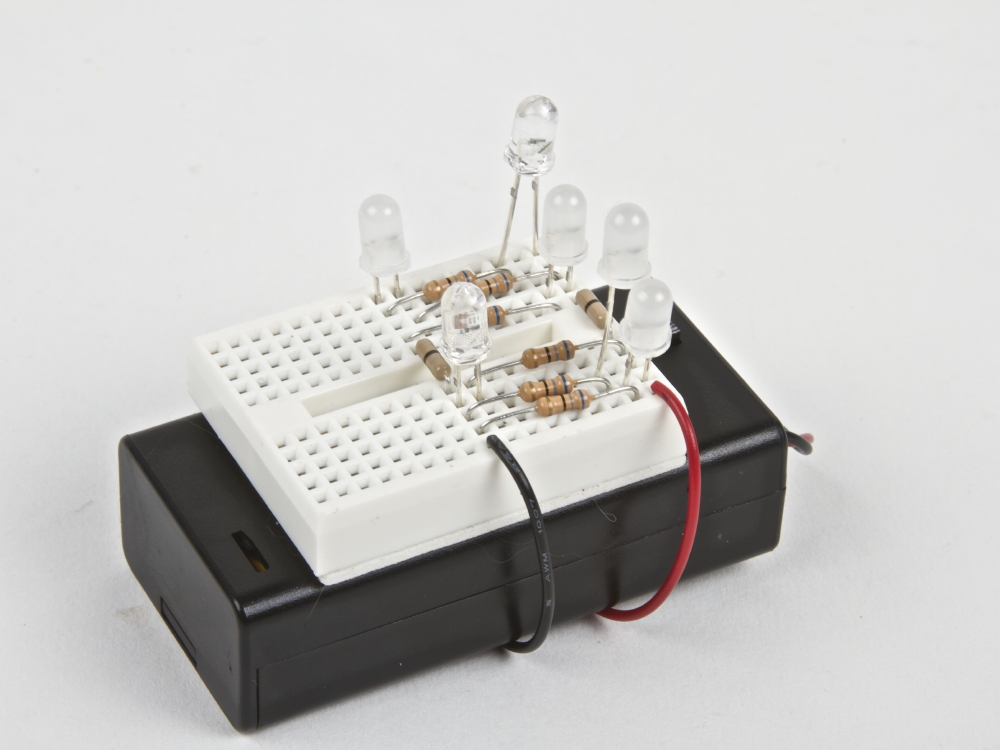For Lady Ada Lovelace Day, we would like to celebrate some of the women working in science, technology, engineering, art and mathematics that we got to meet and spend time with at Maker Faire New York this year.
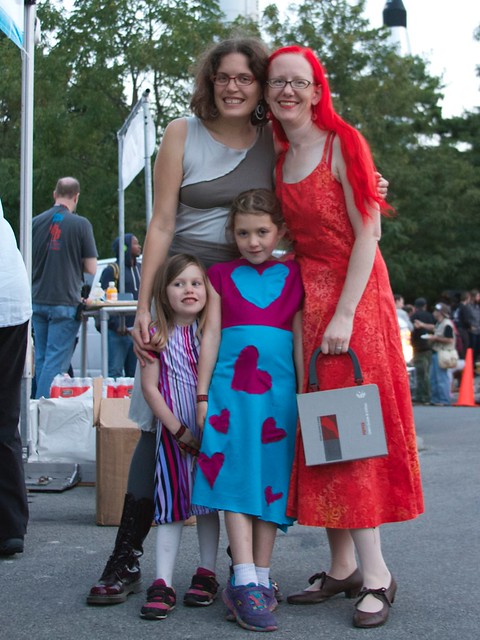
Our friend AnnMarie Thomas had just released her book Making Makers, and was speaking several times during the faire, including hosting the Making Makers panel I participated in, as well as assisting her daughters, Sage and Grace, in presenting a Squishy Circuits workshop.
Also on the Making Makers panel was Sophi Kravitz, who was showing her WobbleWorld virtual reality experience.

Patricia Miranda of Alchemical Tech was there again this year teaching dye-making. I reluctantly declined her offer to get my hands dirty.
Jenine Bressner, who has been sharing her glassworking and laser textile projects at Maker Faire for years, was there as an attendee, finally getting a well-deserved chance to see the faire.
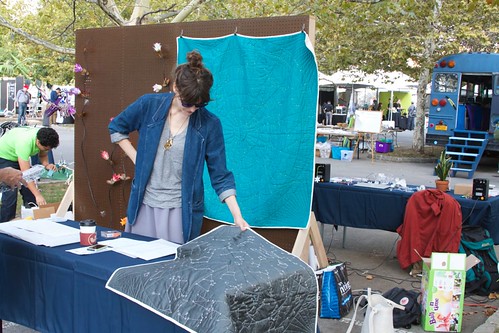
Emily Fischer of Haptic Lab was displaying her beautiful astronomical quilts.
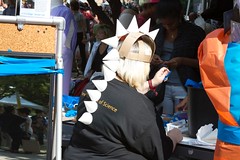 Peggy Monahan of NYSci was helping run a costume design workshop with low cost, easy to use materials like plastic tablecloths, butcher paper and snow-cone cups. Many people bedecked with dinosaur spikes and other fanciful accessories could be seen roaming the faire.
Peggy Monahan of NYSci was helping run a costume design workshop with low cost, easy to use materials like plastic tablecloths, butcher paper and snow-cone cups. Many people bedecked with dinosaur spikes and other fanciful accessories could be seen roaming the faire.
 Representing Othermachine and demonstrating the Othermill was their project and support engineer, our friend Simone Davalos.
Representing Othermachine and demonstrating the Othermill was their project and support engineer, our friend Simone Davalos.
Fellow electronics shop owner and friend Cheryl Hrynkiw of Solarbotics was demonstrating their projects, like the solar marble machine.
Rachel Meyer, Selena Ahmed, and Ashley Duval of Shoots & Roots Bitters are three scientists who care about culturally important plants, and bring their stories to people through their uniquely blended bitters.
Sharon Shattuck of Eavesmade was selling laser cut and engraved coasters and ornaments of scientists. You can find her sets of women heroes of science coasters and ornaments in her etsy shop.
Toward the end of the faire, we ran into Limor Fried of Adafruit. It was great to catch up with her and hear about the great strides her electronics business has been making.
There were many more women there showing amazing projects. If I left out someone you want to celebrate, please feel free to share about them in the comments.






